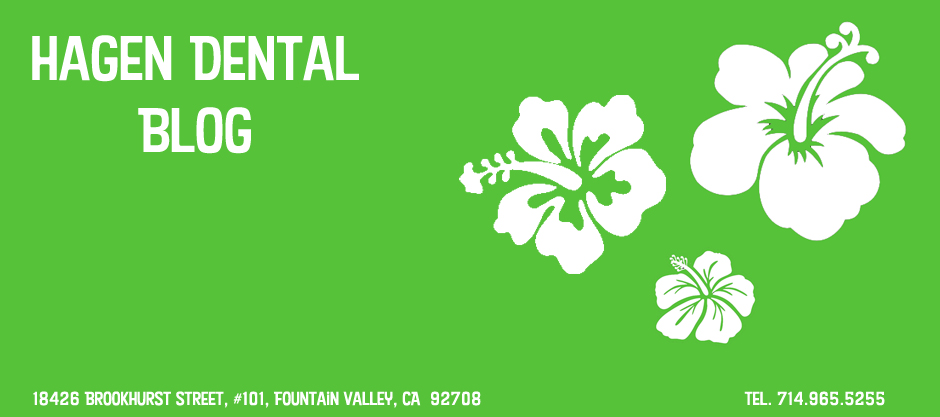Are you embarrassed about your teeth? Do crooked or chipped teeth keep you from smiling the way you would like to?
Tooth discoloration, asymmetry, overcrowding, or chipped teeth can dictate whether or not someone feels their smile is adequate enough to show to the world. Even though these imperfections are normal and completely human, often times they prevent people from achieving their personal and professional goals.
That’s why Fountain Valley dentist, Dr. Peter Hagen, would like to discuss the many ways in which people can make a difference in their smile. The first step, and possibly the easiest one to take is that of whitening — the most popular cosmetic dentistry procedure on the market. Optimal whitening is achieved in the office with your dentist, but at-home remedies have been shown to help improve the appearance of teeth as well. However, a dentist whitened smile will last for years when used properly (that includes using professional gels and trays once a month).
If you have broken or chipped teeth, you have a few options. The first would be to implement bonding, a process where chips and gaps are filled in with a hardened, tooth colored substance. Crowns, or porcelain “caps,” are more durable, as they cover the entire damaged tooth. Veneers are another option, but only cover a section of the tooth. Your dentist may also suggest gum reshaping (gingivectomy), if you feel your smile is too “gummy.”
To save time and money, combine these procedures with orthodontics first — if your teeth are especially misaligned. Once teeth are straightened out, you Fountain Valley dentist will cosmetically correct the teeth orthodontics couldn’t touch.
